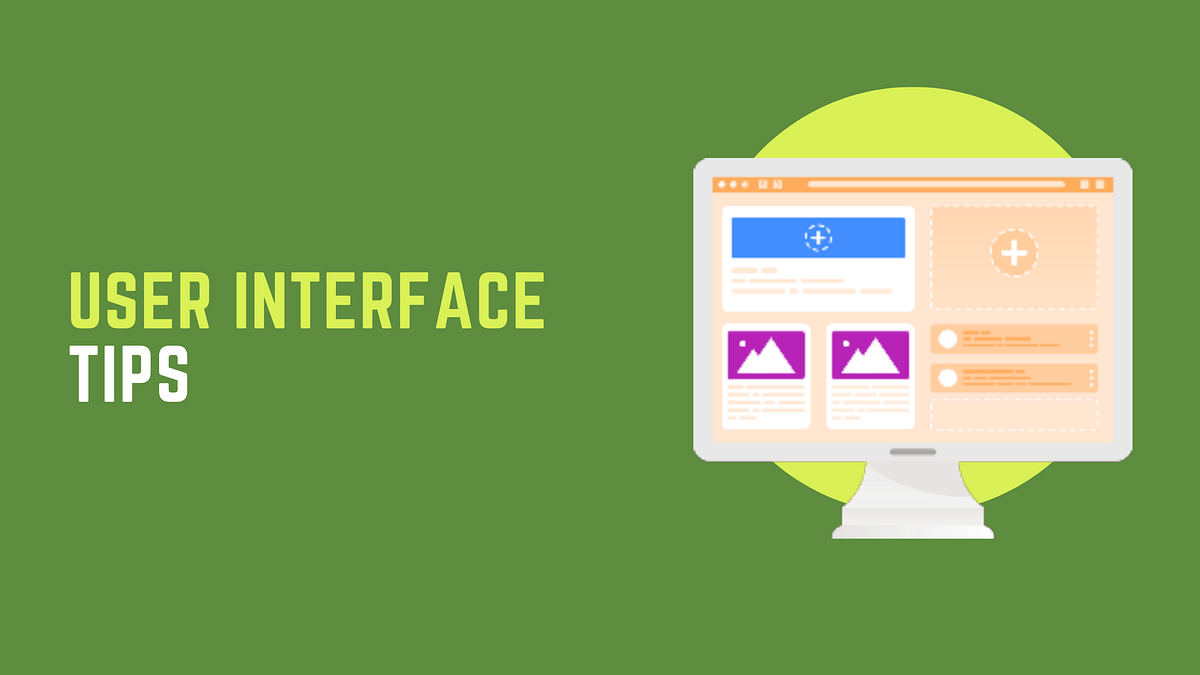Running a successful Shopify store requires careful planning and execution across multiple areas. From designing and customizing your store to optimizing it for search engines and delivering top-notch customer service, there are many factors to consider. In this article, we will explore six key areas of Shopify tips that can have a significant impact on the success of your store: design and customization, product management, search engine optimization (SEO), marketing and sales, analytics and optimization, and customer service. We’ll discuss when to focus on each area and provide tips and strategies to help you improve your store’s performance.
Design and Customization Tips
When You Should Be Thinking about Redesigning Your Store?
There are a few indicators that can help you determine if your store needs some Shopify tips for a makeover:
- Your store’s conversion rate is low: If your store’s conversion rate is lower than you would like it to be, it may be due to poor design or a lack of customization. A well-designed and customized store can improve the user experience and increase the likelihood of making a sale.
- Your store looks outdated: If your store hasn’t been updated in a while, it may look outdated compared to other stores in the market. Customers are more likely to trust and purchase from a store that looks modern and up-to-date.
- Your store doesn’t reflect your brand: Your store should reflect your brand’s values, style, and message. If your store doesn’t align with your brand, it may confuse customers and prevent them from making a purchase. This is especially true if you just have a re-brand.
- You’re not standing out from your competitors: If your store looks similar to other stores that compete directly with you, you may not be standing out from the competition. Customizing your store can help you differentiate yourself and attract more customers.
- You’re not happy with the look and feel of your store: Ultimately, if you’re not happy with how your store looks or functions, it’s a sign that you may need design and customization. Your store should be a reflection of your business and your vision, so it’s important to make sure it looks and feels the way you want it to.
Tips For Designing and Customizing Your Store
It’s important to ensure both the UX and UI design of your store. UI (User Interface) design for a website is concerned with the visual design of the site and how the user interacts with it, while UX (User Experience) refers to the overall experience a user has while navigating and interacting with the site. Here, we provide both UX and UI tips to help you create a website that is both aesthetically pleasing and easy to use.
UI (User Interface) Tips for Your Shopify Store
Creating a visually appealing user interface (UI) for your Shopify store is critical for making a good first impression on your customers. It helps you attract and retain customers. Here are some tips to enhance the UI design of your Shopify store.

- Choose a theme that aligns with your brand: Shopify provides many visually appealing themes, but selecting the right theme for your Shopify store is crucial. Consider the layout, typography, and color scheme when making your selection. Ensure the theme aligns with your brand and the products you sell.
- Customize it to further match your brand: It could be something as easy as adding your logo, selecting fonts that align with your brand’s style, and using images and graphics that reflect your brand’s personality.
UX (User Experience) Tips for Your Shopify Store
UX (User Experience) is also something that you need to be considering when designing your Shopify store. It helps to keep customers engaged and drive sales. As the largest and most successful online retailer in the world, Amazon’s focus on crafting a great user experience is one of the key factors contributing to its domination. They have made the shopping experience more convenient and enjoyable for customers. And you can do the same with your Shopify store by making a user-centered, mobile-friendly, and easy-to-navigate website.

- Considering user feedback when designing: To have a user-centered Shopify store, you will need customer feedback to improve your website. You can use Shopify analytics or conduct surveys to collect and analyze customer feedback to identify areas of your website that need improvement. Use this feedback to make changes that enhance the user experience and increase customer satisfaction.
- Optimize your website’s design for mobile users: With more and more customers shopping on mobile devices, it’s important to optimize your website’s design for mobile. To create a mobile-friendly store, you will need to use a responsive design that adjusts to the screen size of the device being used and use large fonts that are easy to read on small screens.
- Using Simplify navigation: Ensure your store’s navigation is straightforward and intuitive. Use clear headings and menus, and ensure all links are easy to find. Make it easy for customers to find what they’re looking for on your site.
- Finally, a well-designed website should be easy for customers to navigate. Use clear, concise headings & subheadings, use descriptive language, and make it easy for customers to find what they’re looking for.
Read more: https://magenest.com/en/shopify-tips/
Comments
Post a Comment